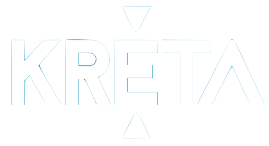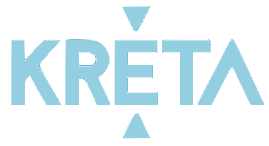Lower and upper school
Class Structure and Teaching Approach
Each class at Szeged IPS has a dedicated homeroom teacher who also teaches most subjects in the lower grades. However, from Grade 1, students are also introduced to subject-specific teachers. Our small school and low student numbers allow children to build strong relationships with all teachers in the institution.
-
Maximum class size: 15 students
Daily Schedule – Lower School (Grades 1–4)
Students have 5 academic lessons per day and a study hall session where they complete their homework. In general, no homework is sent home unless additional time is required, which is rare. A typical school week includes 25 lessons and 5 study periods.
Books are usually not taken home, except during weekends or holidays for review and extra practice. Each lesson is 45 minutes long.
Simultaneous Learning of English and Hungarian
As the majority of our students are Hungarian citizens, learning to read and write in both Hungarian and English is part of the curriculum from Grade 1. While this dual-language approach is challenging, it lays a strong foundation for later language and literature studies.
Assessment – Lower School
Students receive written, detailed feedback in their school report twice a year. First graders are not assessed with percentages. Grading with percentages begins in Grade 2.
From Grade 4 onward, students reach IPC’s Milepost 3 and receive written and percentage-based assessments for IPC units.
Free Play and Extracurricular Activities
Children are given plenty of time to play outdoors during the day and can choose from a range of extracurricular clubs after school.
Upper School (Grades 5–8)
Each class has its own homeroom teacher, but all subjects are taught by specialist teachers.
Daily Schedule – Upper School
The daily schedule is similar to that of lower grades, with 5–6 lessons per day and one study period. Due to the increasing academic demand, most students have six subject-specific lessons, which means homework must be completed during their free time at home.
Our Approach
Skills and knowledge acquired in lower grades are further deepened in upper school. Teachers provide more opportunities for individual projects, teamwork, and ICT-based learning. Students are expected to take on increasing responsibility for their work, including:
-
Independent and team projects
-
Oral and written assessments
-
Larger volumes of homework
All of these are part of the expectations for upper-grade students.
Most of our 8th-grade students prepare to transition into the Hungarian state secondary school system, so we place strong emphasis on preparing for high school entrance exams.
Assessment – Upper School
As in the lower grades, students receive detailed written and numerical evaluations twice per year. These include percentage-based evaluations in core subjects, supplemented with subjects such as History and Science. IMYC units are also evaluated using percentage scores.



